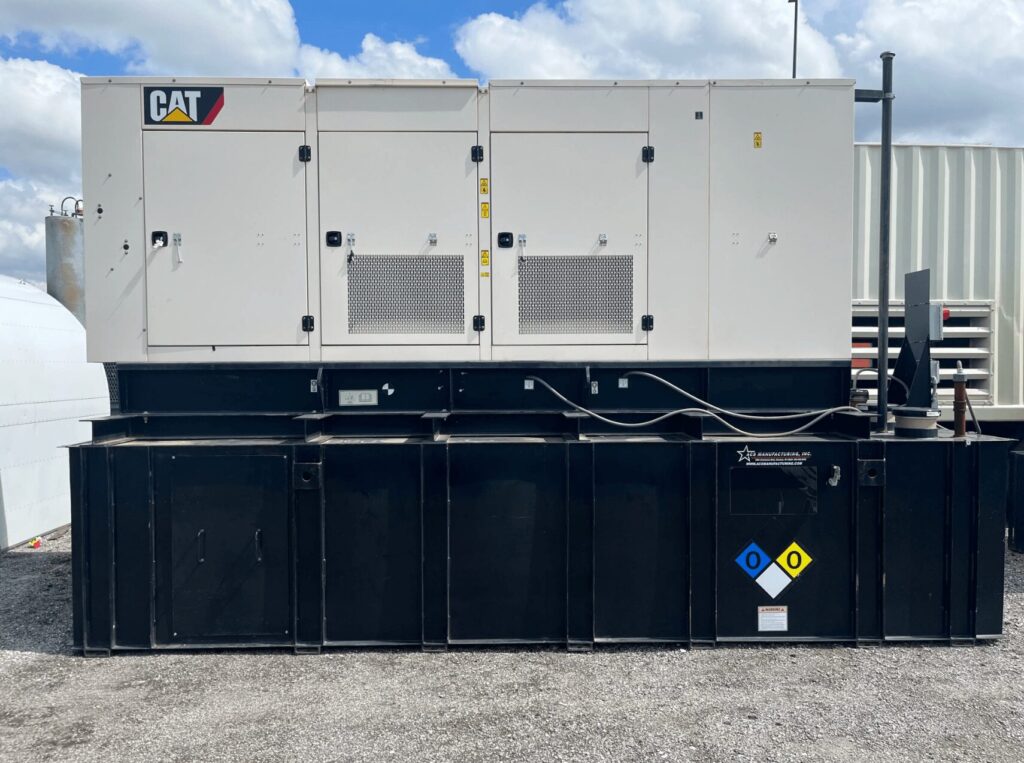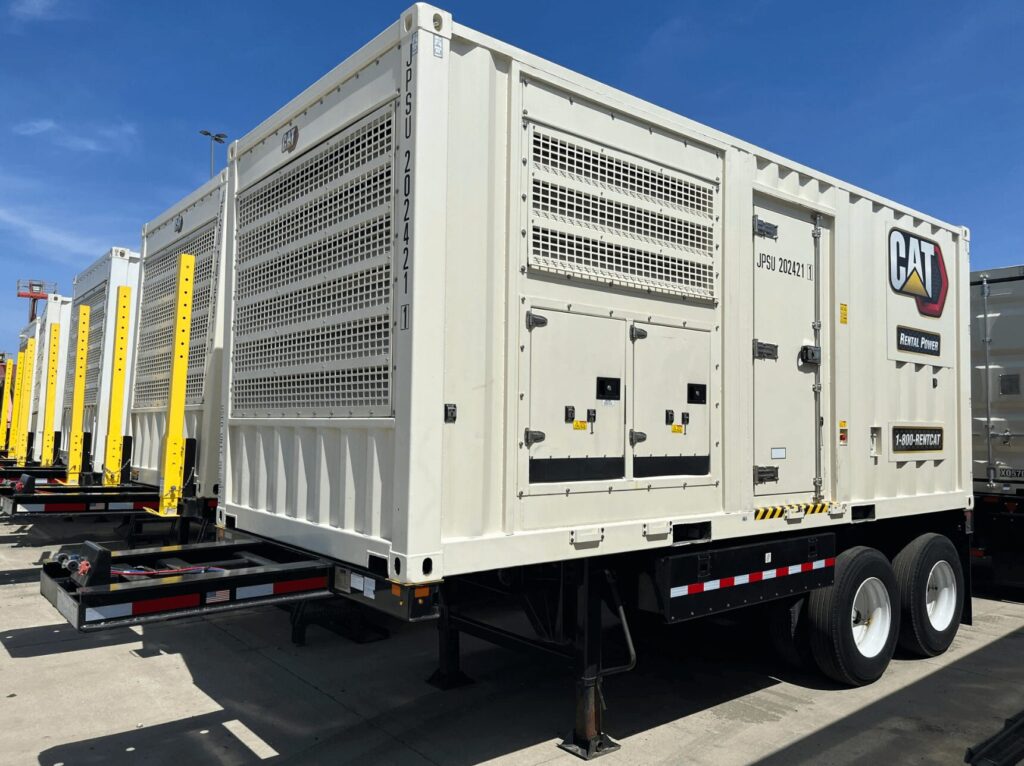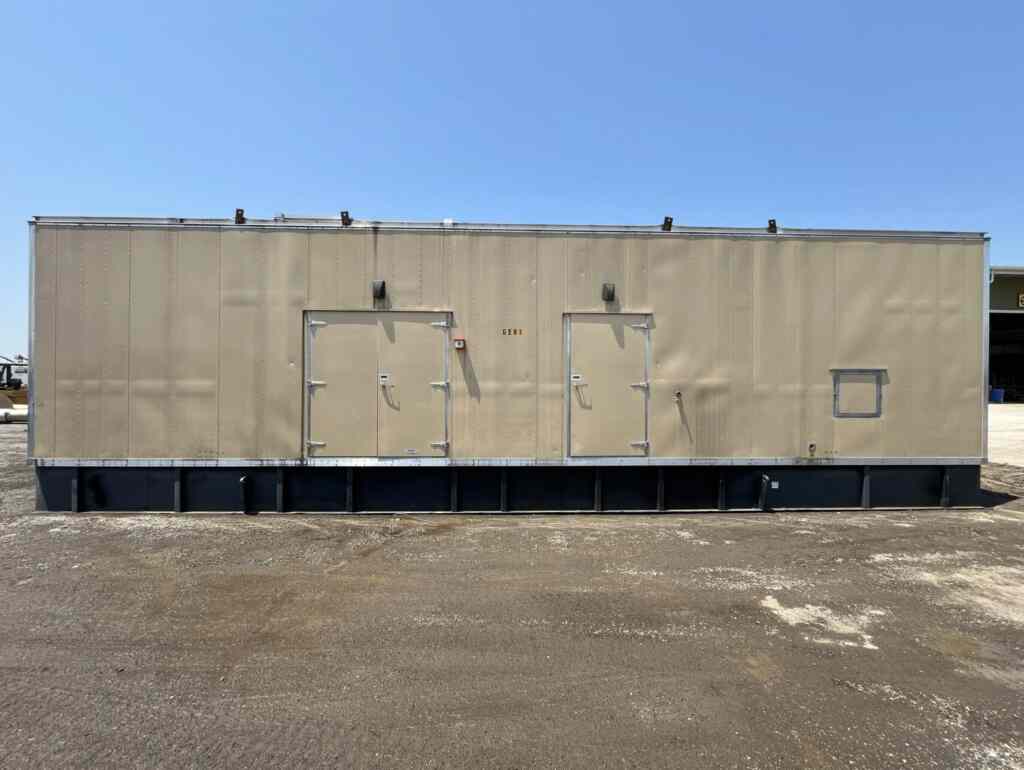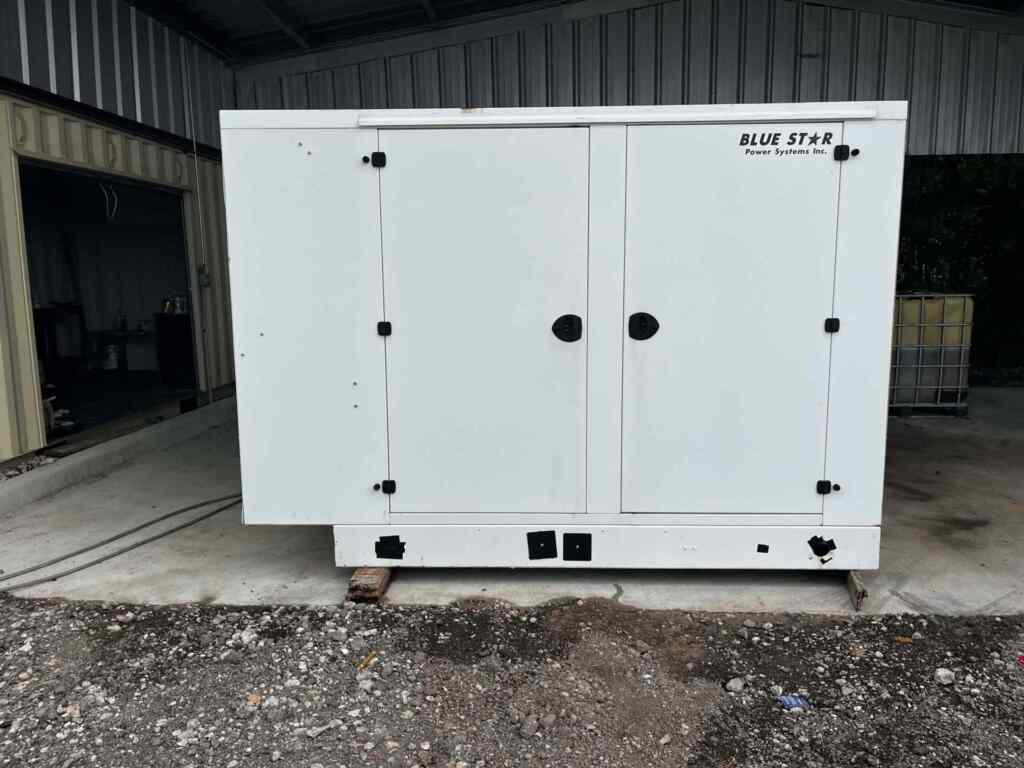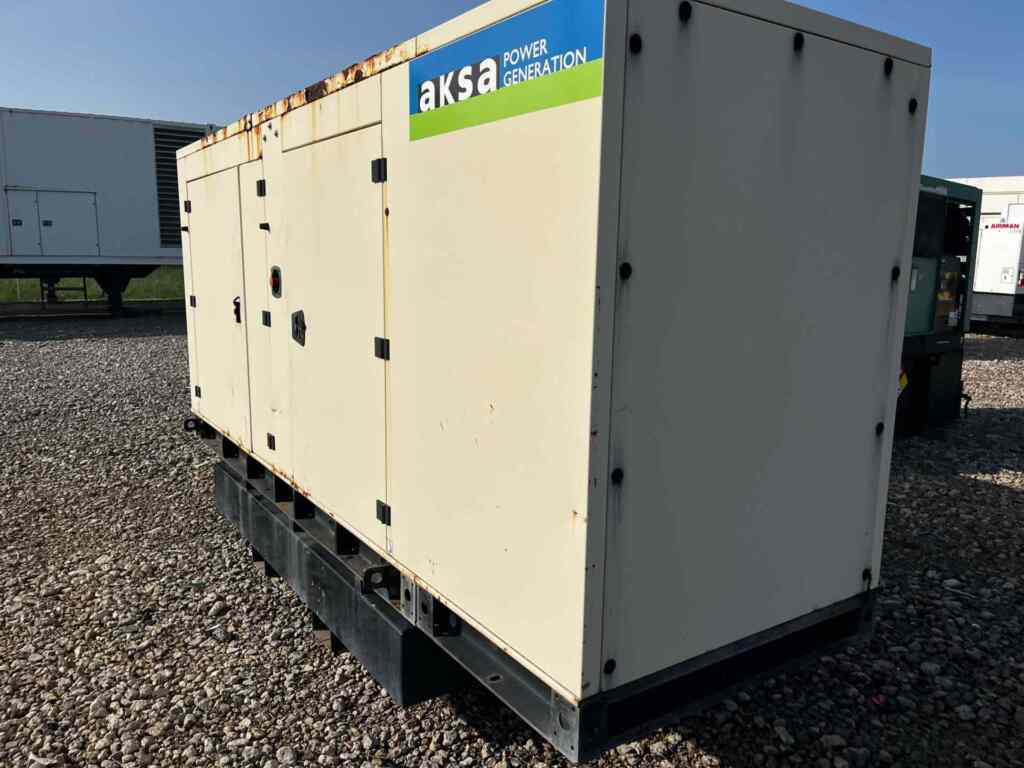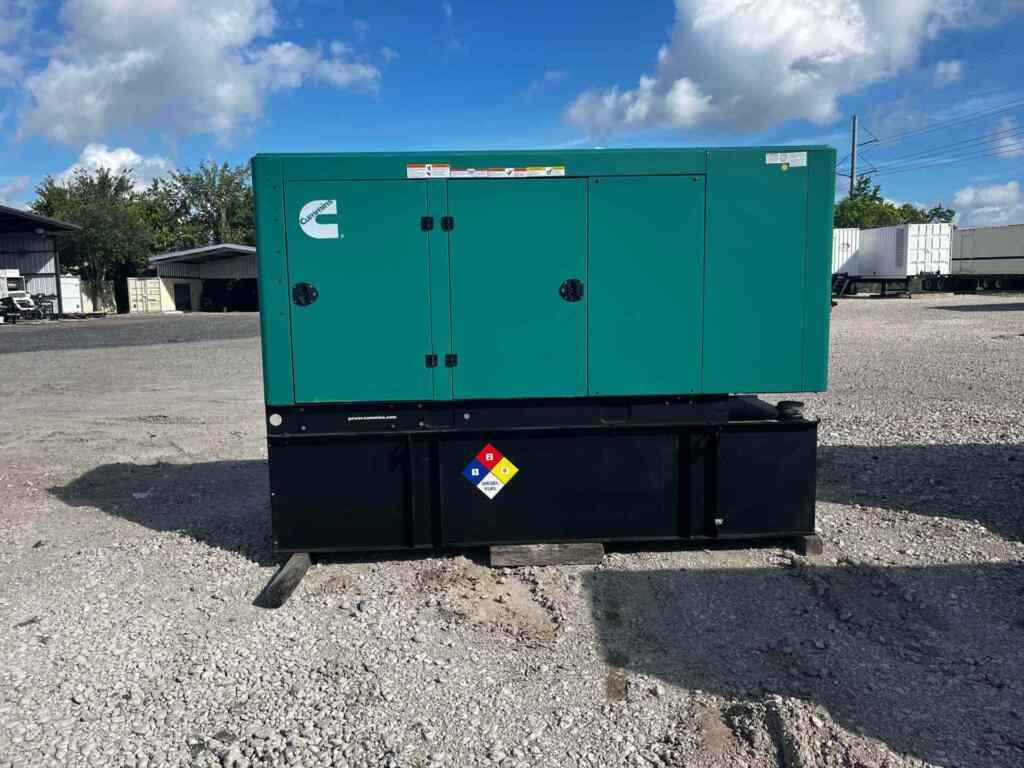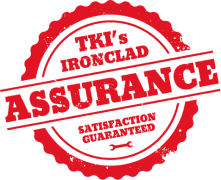The world is always thinking about emissions. Climate change is here, and everyone is doing their part to reduce emissions and create a cleaner world. In this wave of green living, a lot of equipment produces high emissions. Diesel generators have different emission tiers to make compliance with the Clean Air Act of 1970 easier, and you can learn more about these tiers if you continue reading!
Tiers and Emissions
The Environmental Protection Agency (EPA) created different tiers to limit harmful emissions into the atmosphere. Within each tier, a cap dictates that you must limit emissions. Pollution by itself is difficult to understand, but emissions are a combination of different chemicals:
- Non-methane hydrocarbons (NMHC)
- Carbon monoxide (CO)
- Particulate matter (PM)
- Hydrocarbons (HC)
- Nitrogen Oxides (NOx)
Reducing emissions is important for reducing pollution, and there are different emission tiers to regulate diesel generators.
Tier 1
In 1991, the EPA published Tier 1 standards. Diesel equipment in this tier is under 37 kW or 50 horsepower. The EPA did not implement this tier until 1996, and the intention was that by 2005, all diesel engines and generators under that horsepower rating should comply. The standards have changed over time, but the current limit is 5.5 grams of CO pollutant per kilowatt-hour (kWh).
Tier 2
The EPA published Tier 2 standards in 1999, and implementation began in 2001. All industrial diesel generators should comply by 2008. The first tier was more basic, while Tier 2 identified more pollutants manufacturers must curb for their generators to comply. Tier 2 enforced stricter guidelines for Nitrogen Oxides (NOx), Diesel Particulate Matter (DPM), and Hydrocarbons (HC).
Tier 3
Much like Tier 2, Tier 3 was the EPAs attempt at further restricting exhaust emissions for different diesel engines between 50 and 70 horsepower. The EPA introduced this tier from 2006 to 2008. Different generator manufacturers began experimenting with technologies for fuel, lubrication, and general engine design to comply. Many manufacturers installed combustion chamber designs to measure and control different emissions. Others experimented with lubricating oil and alternative fuels to reduce fuel consumption.
Tier 4
Tier 4 is the strictest regulation from the EPA and requires around a 90 percent reduction of DPM and NOx emissions. This tier is so strict because, to lower emissions, manufacturers have found many newer control technologies that can achieve these emission reductions. The EPA established this tier from 2008 to 2015, and it’s still active today.
The different emission tiers for diesel generators can seem restrictive, but the goal is to keep everything working as normal while reducing emissions. At Turnkey Industries, we have multiple industrial diesel generators that meet the different standards for each tier and help you keep your business running!
 Turnkey Industries offers a variety of high-capacity
Turnkey Industries offers a variety of high-capacity 